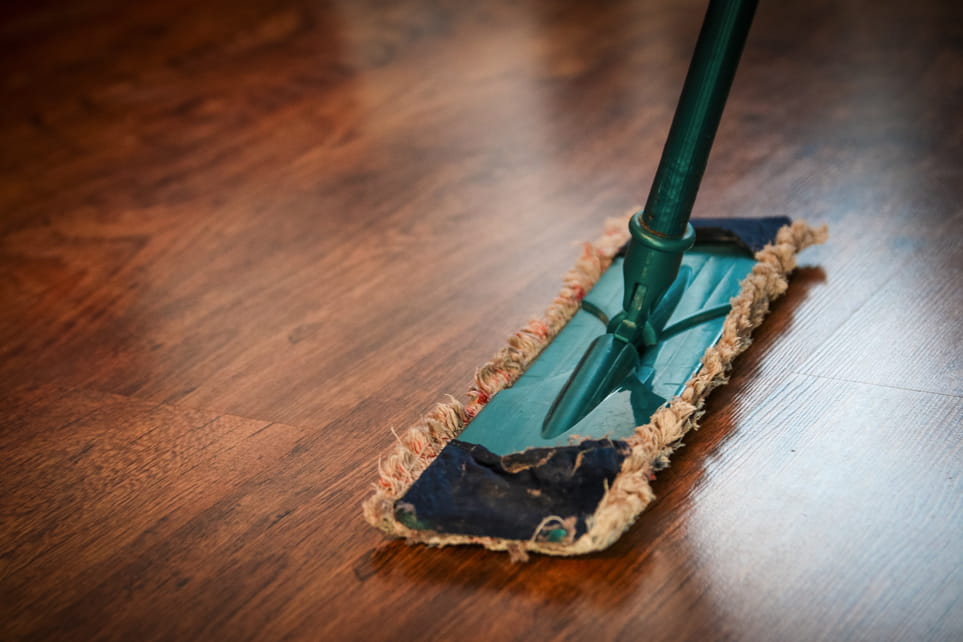While your staff are probably aware that they need to keep food preparation areas in your office kitchen free of microbes that could harm their health, they may not have thought about the germs that could be on the kitchen floor.
Although food hygiene may not be uppermost on your employees’ minds in the workplace, a surprising number of sick days are due to vomiting and diarrhoea which could well have been picked up in the office kitchen.
However, protecting food zones from bacteria and contamination is a challenge, especially when you think that there is a whole surface which tends to be forgotten about while cleaning kitchens – the floor.
Why Are Floors So Dangerous?
Inevitably, floors accumulate all kinds of dirt and grime since workers’ shoes will bring in contaminants from outside as well as germs from the bathroom, and spillages can lead to all kinds of food stuffs ending up underfoot.
This is especially a problem with tiled floors since bacteria can multiply rapidly in the crevices and cracks of the tiles and along their grout lines, and many cleaning methods cannot eradicate it.
Studies have shown that floors are not only sources of dangerous pathogens which could cause staff illness, but workers have many indirect and direct contacts with those dirty floors each day they come to work.
Whether from dropping a utensil, picking it up and using it without washing it first, to picking up an item from the floor and placing it on the work top, staff regularly put themselves at risk of exposure to these harmful germs.
The Problems with Common Cleaning Methods
Although most workplaces mop their kitchen floors on a regular basis, this often still fails to eradicate bacteria.
Mopping actually spreads a lot more contamination than it can move since mop heads are put into a dirty cleaning solution before being put back on the floor. Also, even when pressure is put on the mop the embedded bacteria will not be able to be fully removed.
Disinfecting products are also ineffective. Although disinfectants can kill the bacteria, they cannot remove them, and this means that the dead bacteria will serve as a food source for the next generation of bacteria which will then be able to multiply more quickly and easily.
Whenever chemicals are used to kill bacteria, the risk of developing a resistance to the chemical increases, and even when sanitising agents are thoroughly applied, some will survive the process.
Also, even more worryingly, some serious types of bacteria such as listeria and e-coli are able to produce biofilms to prevent cleaning solutions from actually contacting them.
How To Deal With The Problem
Hiring a professional cleaning company to make sure that your floors are both dirt free and contaminant free is the best possible solution. You can be confident that when your office cleaning is in the hands of well trained professionals your workers will be well protected from the dangers of germs while your working environment will remain hygienically clean.

